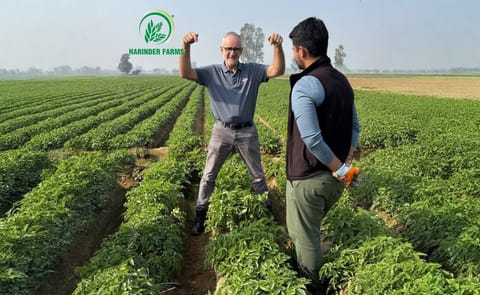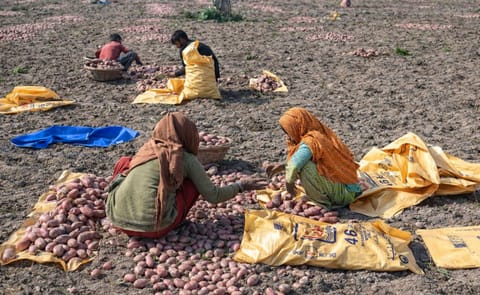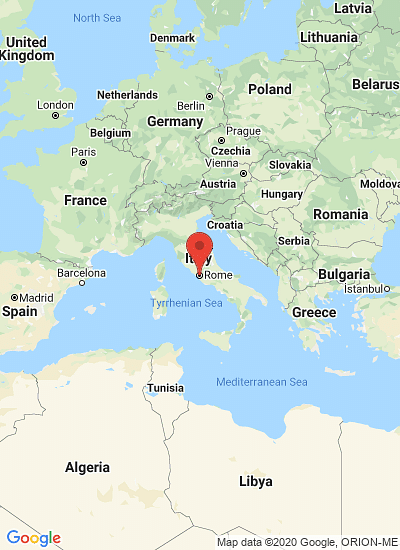La Paz, Plurinational State of Bolivia. Potatoes displayed at a street stall in Mercado Rodríguez market.
Securing the Future of the Potato: Global Strategies for Food Security, Sustainability, and Crop Diversity
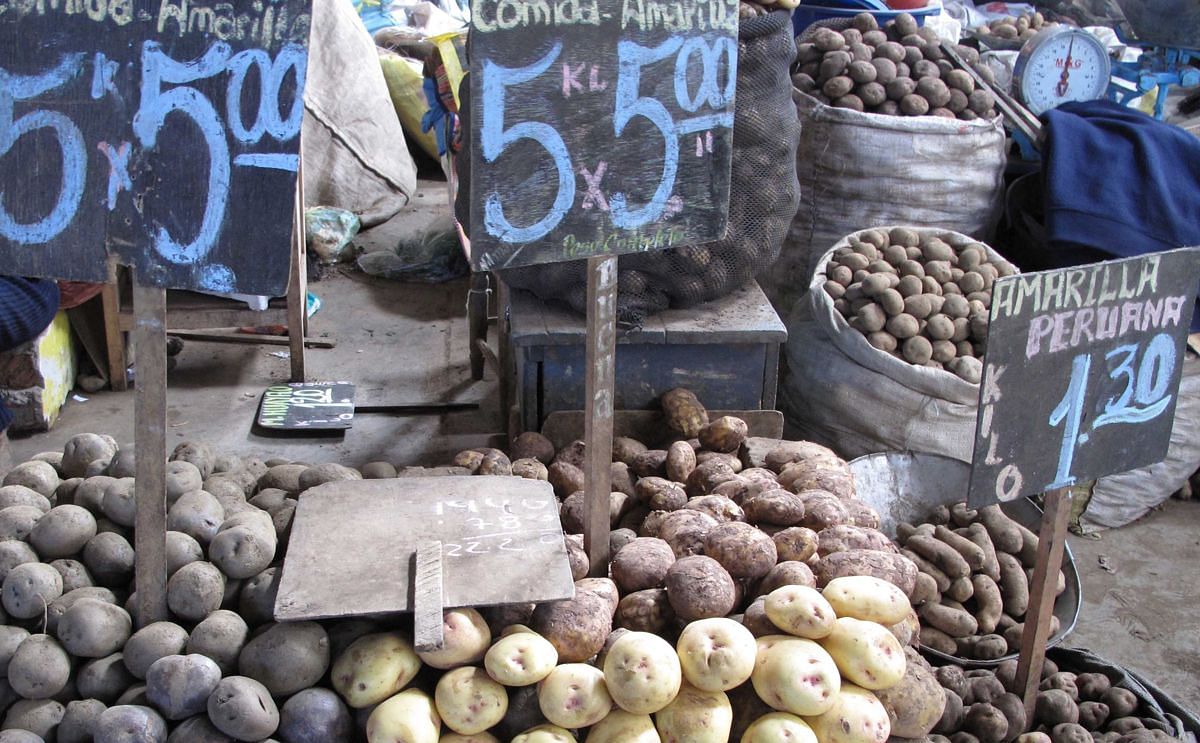
The global future of the potato is rarely discussed, but it deserves our attention. This unassuming tuber crop has shaped civilizations and continues to play a vital role in global food security and nutrition for people around the world. It’s time to focus resources on research and development that can safeguard and harness its genetic diversity to improve productivity and resilience.
From its origins in the Andes more than 8,000 years ago, the potato is now grown in 159 counties. It is a major staple crop consumed by two-thirds of the global population and feeds more than a billion people each day. Its global reach and importance are undeniable.
The potato has long had an Achilles’ heel. When it was introduced to Europe and North America from what is now modern-day Peru, Bolivia and other countries in the Andean region of South America, only a handful of closely related varieties were cultivated. This lack of diversity meant they were highly vulnerable: a pest or disease that struck one plant could spread quickly to the rest.
Ireland is famous for its potatoes – and for a potato famine. Between 1845 and 1848, a disease called late blight ravaged potato crops at a time when people were dependent on the carbohydrate-rich tuber for 80 percent of their calories. More than a million people died. The catastrophe led to concerted efforts to develop more productive and disease-resistant varieties – a process which has continued ever since, and which more recently has been facilitated by the application of modern genetic techniques.
Late blight has not gone away. In Nigeria, the disease is estimated to be responsible for 90 percent of potato crop failure. Earlier this year, the National Root Crops Research Institute, where I once headed the plant breeding programme, released new blight-resistant varieties for farmers. This achievement underscores the value of sustained investment in agricultural research.
During the mid-1990s, many people were moving to the cities and the country’s population continued to grow rapidly. People had an appetite for potatoes, but farmers could not keep up with demand. Progress made by researchers to improve production did not fully translate into more productive crops. Why? Farmers lacked access to quality seeds and essential inputs, relied on outdated farming practices, and faced persistent threats from plant diseases. This tells us something important: research and development alone are not enough—farmers need broader support to capitalize on scientific progress.
FAO is committed to helping farmers produce more with less. As part of the One Country One Priority Product initiative, countries such as Botswana, Eritrea, Lesotho, and Peru selected the potato as their special agricultural product. The initiative will improve production, processing, storage, and marketing – leading the way for other counties to follow.
Plant genetic resources for food and agriculture are at the heart of FAO’s drive to transform agrifood systems. They are essential for developing progressively superior crop varieties that are more productive, nutritious and resilient, thereby enhancing food security and nutrition, and supporting sustainable livelihoods. Through their conservation and use, diets are diversified and cropping systems ‘insured’ against external shocks.
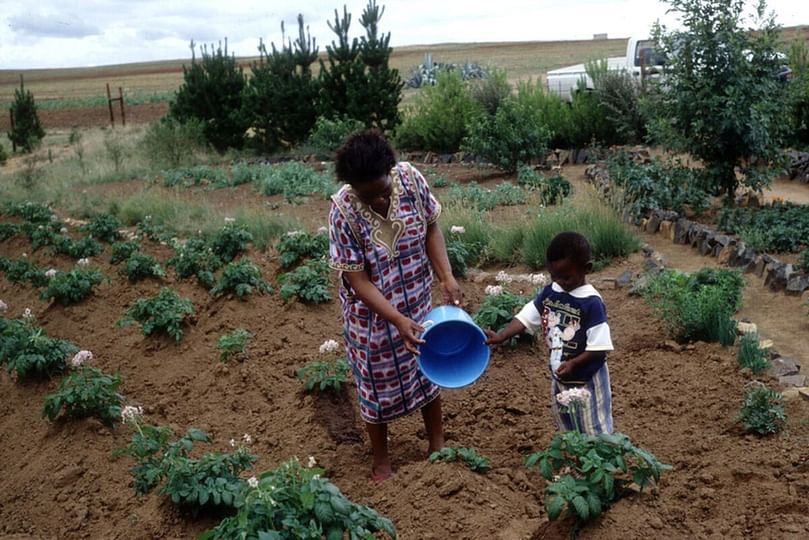
A woman and child tend a potato plot in Lesotho—one of four countries that selected potato as their priority crop under FAO’s One Country One Priority Product initiative.
As the Third Report on the State of the World’s Plant Genetic Resources for Food and Agriculture notes, despite their critical importance, the diversity of plant genetic resources is grossly underutilized and faces growing threats. Of the 6,000 plant species cultivated for agriculture, the potato is one of just nine crops – along with sugarcane, maize, rice, wheat, soybeans, oil palm fruit, sugar beet, and cassava – that accounted for more than 60 percent of global crop production in recent years.
With 5,000 potato varieties worldwide, diversity is critical to resilience and sustainability. The strength of the potato lies in this genetic richness, preserved by generations of farmers. Peru has led the way with promoting potato diversity. The country’s ‘potato park’ has successfully promoted the conservation and use of the almost 1,400 potato varieties maintained by local communities and Indigenous Peoples.
This year’s International Day of Potato – marking only the second observance – is themed ‘Shaping history, feeding the future’. The potato has an extraordinarily rich past and a bright future. But we cannot afford to take that future for granted. We must invest in research and development, especially efficiency-enhancing modern breeding technologies, and equip farmers with the tools and knowledge to adopt good agronomic practices. This will improve the crop’s disease resistance, productivity, and nutritional attributes – ultimately enabling farmers to ‘produce more with less’. By doing so, the potato can remain a global staple – not just for today, but for generations to come.





